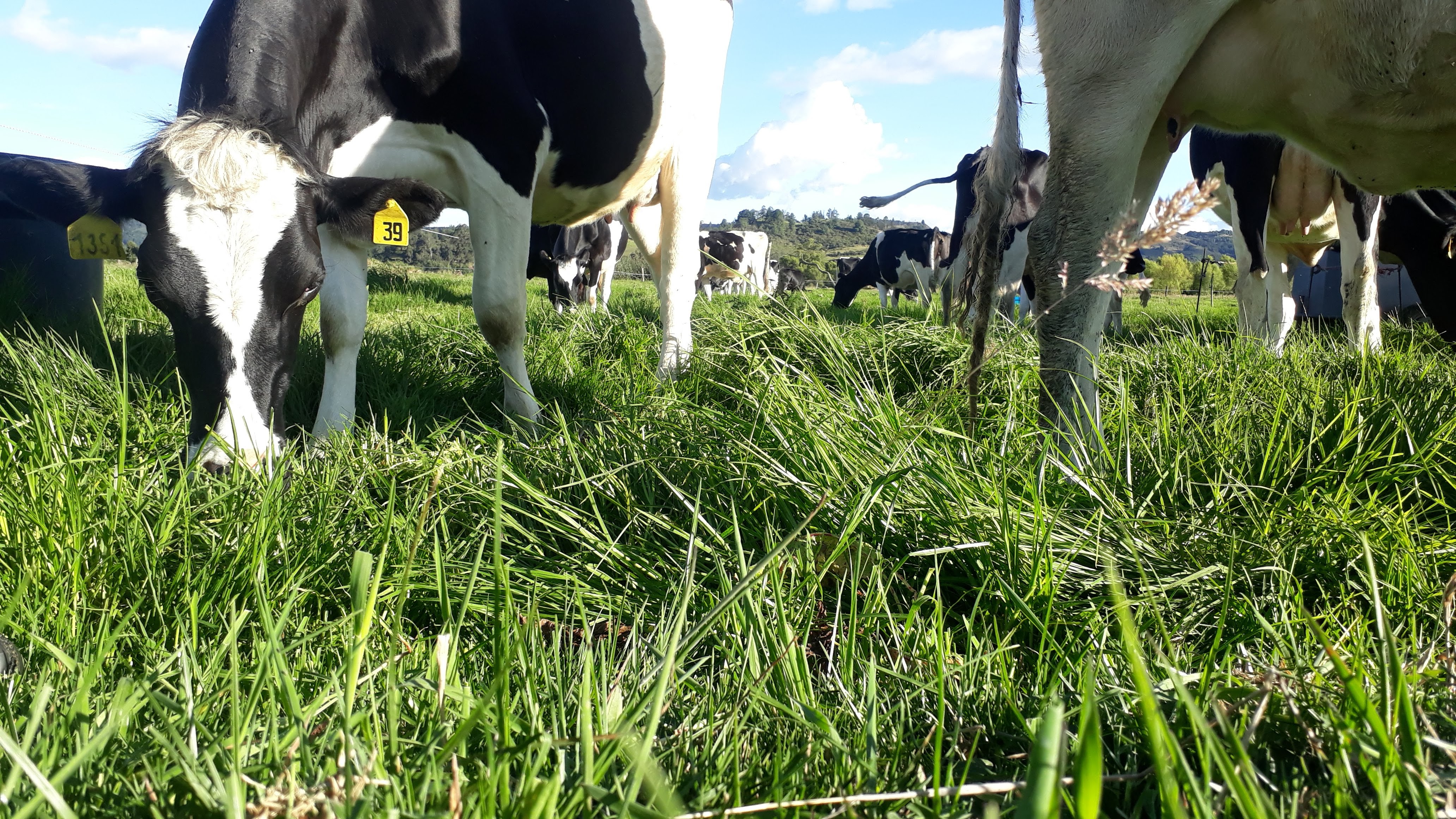Nutritional composition, nitrate and nitrite levels of Kikuyo grass and its influence on milk production.
Composición nutricional, niveles de nitratos y nitritos del pasto Kikuyo y su influencia en producción de leche


This work is licensed under a Creative Commons Attribution-NonCommercial-ShareAlike 4.0 International License.
Show authors biography
Objetive. Establish variations of nutritional composition and the contents of nitrates and nitrites in the Kikuyo grass (Cenchrus clandestinus (Hochst. Ex Chiov.) Morrone) from four veredas in the municipality of San Miguel de Sema: Peña Blanca, Sirigay, Sabaneca, and Quintoque, during dry and rainy seasons. were dairy production is the most significant economic activity. Material and methods. Nutritional characterization parameters, were associated a two-way ANOVA, using Tukey's as a multiple comparison test. Results. The results revealed in dry matter a high average content of total protein (TP) (23.48% +/- 3.71), neutral detergent fiber (60.86% +/- 3.03), with important DM degradability values at different time points (62.97% +/- 3.74 after 48 Hours). The report indicated decreased values of lignin (4.25% +/- 0.5), non-structural carbohydrates (11.44% +/- 2.43) and of the ratio of non-structural carbohydrates: rumen degradable protein (NSC:RDP) of 0.84 +/- 0.16. The levels of nitrates reached an average of 2977 ppm +/- 2061, which differed significantly according to the seasons and veredas, for the dry season in the different veredas the level of nitrated remained at 4728 ppm, a value 3.9 higher in comparison to the rainy season. The levels of nitrites showed average contents of 2.97 pm of DM, contents highly decreased to be potentially toxic. Conclusions. These results allowed us to establish a difference in the protein:energy relation as the limiting factor for milk production. Nitrate levels indicated as potentially toxic.
Article visits 1285 | PDF visits























